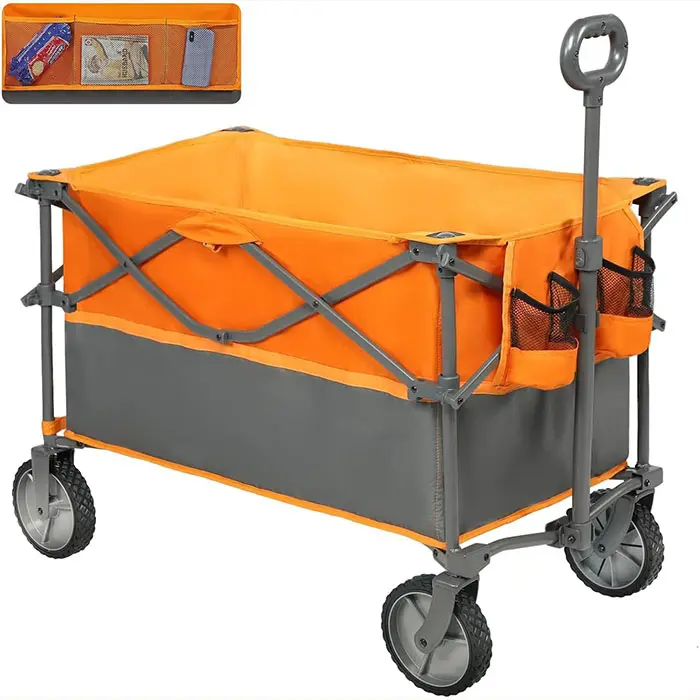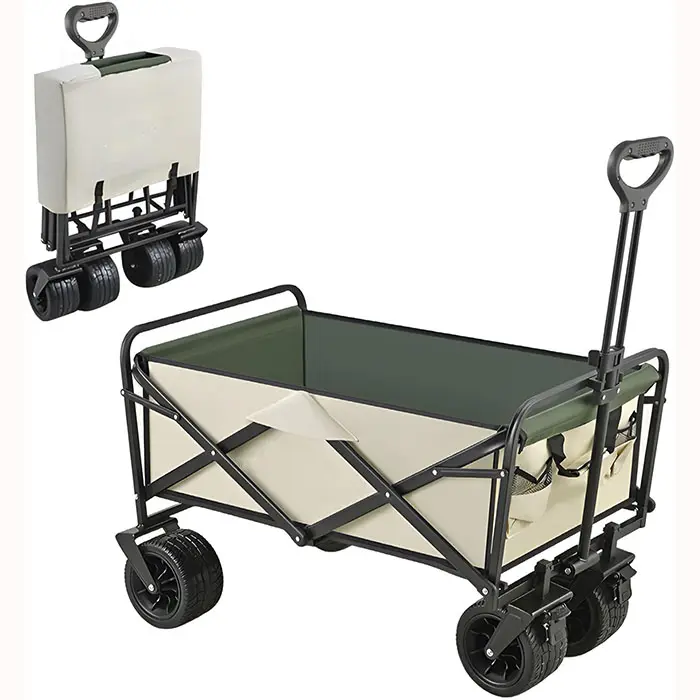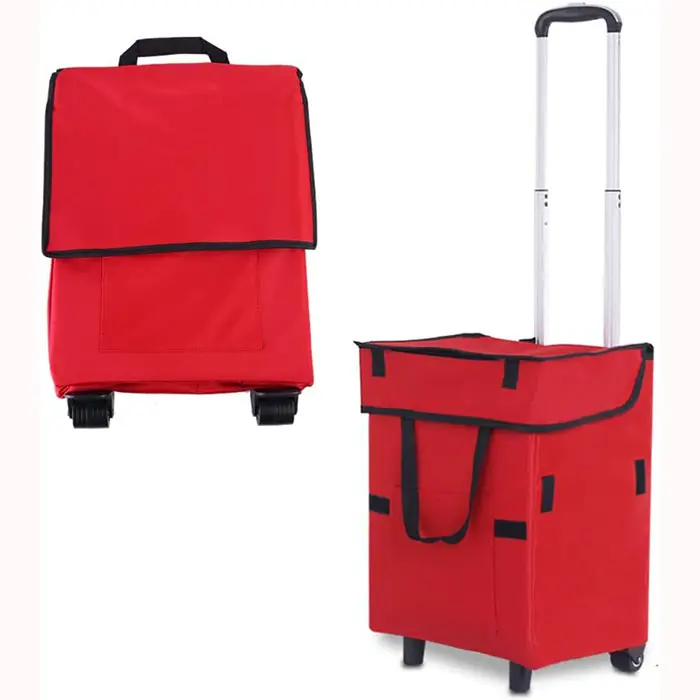For anyone regularly using a shopping trolley, especially in busy environments like supermarkets, the condition of the wheels significantly impacts the entire experience. Worn-out wheels can turn a simple shopping trip into a frustrating ordeal. Here’s how to tell when it's time to replace them, keeping the user experience in mind:
Wheels Are Heavily Worn, Causing Sticking or Dragging
When the surface of a trolley wheel is severely worn down or has deep grooves, pushing the trolley becomes incredibly difficult. This is especially noticeable in places that require frequent movement and long pushing distances, like supermarkets. A trolley that sticks or drags not only slows down shopping but also causes user fatigue. For elderly users, such as grandmothers, pushing a difficult trolley can easily lead to discomfort in their hands and back, severely impacting their overall shopping experience.
Wheels Are Visibly Deformed or Cracked
If a wheel is damaged, deformed, or has visible cracks, the trolley will become unstable. It might wobble from side to side or even tilt while being pushed. In environments like shopping malls or warehouses, this instability can lead to the trolley colliding with shelves or other items, posing a safety hazard. For elderly individuals with mobility challenges, a wobbly trolley significantly increases the risk of losing balance and falling.
Abnormal Noises or Drifting While Moving
When a trolley makes squeaking or clicking sounds while moving, or if it constantly drifts to one side instead of going straight, the user experience is greatly diminished. In an already noisy supermarket environment, these abnormal sounds can increase user irritation. A trolley that drifts requires more physical effort to control, leading to inconvenience and fatigue, particularly for elderly users.
Bearings Are Rusted or Not Spinning Smoothly
Rust or lack of lubrication in the wheel's internal bearings can cause the trolley wheels to spin sluggishly or even seize up. This severely impacts the trolley's flexibility and ease of operation. For frequently used supermarket trolleys, this means shoppers will have to stop frequently to adjust direction, reducing shopping efficiency. For older users like grandmothers, this lack of smoothness can even become an obstacle to pushing, affecting their confidence in shopping independently.
Recommendation: Prompt Replacement or Maintenance for Wheels
If you encounter any of the issues mentioned above, we recommend that B2B clients and end-users check the wheel condition promptly. For minor wear or noise issues, try replacing individual wheels first; it's a low-cost way to quickly restore the user experience. For severely damaged or unstable situations, the entire set of wheels should be replaced to ensure safety.
Especially for shopping trolleys used by grandmothers and other elderly individuals, we strongly advise opting for high-quality wheels with silent, anti-slip, and shock-absorbing features. This will significantly enhance pushing comfort and safety, allowing them to shop with greater ease and confidence, ultimately boosting user satisfaction.
About Us: Your Partner in Shopping Trolley Manufacturing
Our factory, founded in 2015, boasts nearly a decade of expertise in the bag and trolley manufacturing industry. Located in Quanzhou, China, we operate advanced production lines with a monthly output of over 50,000 units. We're dedicated to supplying the UK and global markets with high-quality, customizable, and certified shopping trolley solutions.





